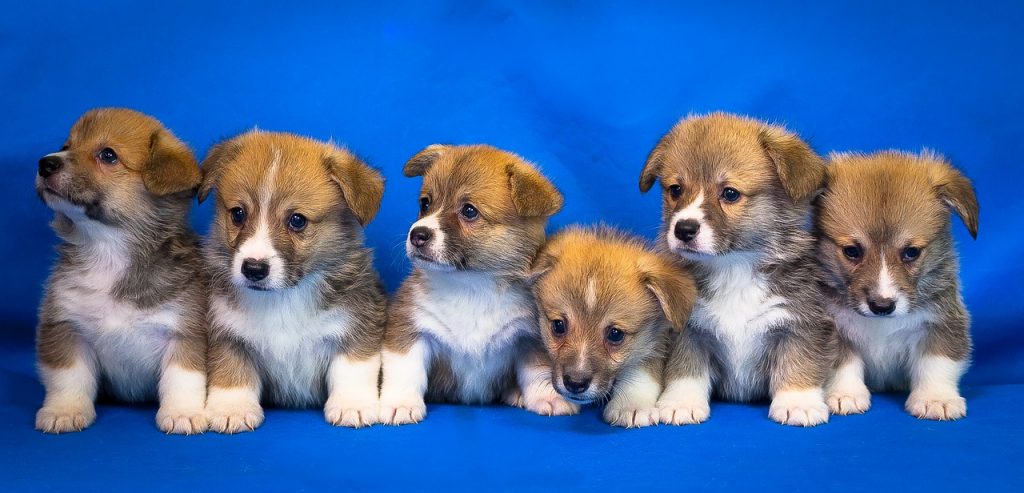
Getting a new puppy is a wonderful and exciting time, but teaching it to go to the toilet in the right place can be very frustrating. Puppies are tiny to begin with and the mess they make is minimal, but as they grow, so does the mess! So when should house-training start, and what is the best way to do it?
When should we start?
If the puppy isn’t already housetrained when it arrives home, then training should start straight away. If it is allowed to get into bad habits, it will be harder to retrain later on.
How long will it take?
This is the million dollar question. Unfortunately, there is no magic number : different puppies will be housebroken at different times and some will be more difficult to train than others. The important thing is to remember not to get downhearted if it seems to be taking longer than expected. Keep at it, and it will happen!
Positive Reinforcement
Experts believe that rewarding a dog is far more productive than punishing them. Dogs generally want to please, so doing something that gets them a cuddle or a treat as a result will work most times. Scold or punish them and it's likely that the puppy will become afraid to try again in case it gets it wrong. Never ever ‘rub its nose in it’ as punishment for making a mess – this is counterproductive and unfair.
How can I tell if when and how often my puppy needs to go to the toilet?
By looking at a puppy it's easy to tell how tiny its bladder is. It will fill up very quickly, and when it is little, it will need to empty it quite often. Every two to three hours is ideal while a puppy is very small, but generally it will start to indicate when it’s time to 'go', so a close eye should be kept out for this. Watch out for it starting to look unsettled or anxious, or to start walking around in circles looking in dark corners and behind doors for a suitable place to relieve itself.
Also, remember that puppies usually need to go when they have woken up from a sleep, or when they have eaten or taken a drink, or done anything exciting, such as welcoming a new visitor. When this happens a puppy may be prone to ‘accidents’, so it should be taken to its toilet area.
Should I be Paper Training? I’ve Been Told This is a Bad Idea.
Lots of people paper-train their puppy to begin with. Some people believe that it's easier to just train puppies to go outside, and that paper-training them first can confuse them, but others believe it really helps a puppy learn what you want it to do. It really depends on the situation and the owner's preference.
Paper Training
Paper Training is very useful if the puppy has to be left in the house for a few hours because it gives it somewhere to relieve itself while alone, and can stop it feeling anxious and scared because it has made a mess.
If the puppy is being trained using paper, when the puppy starts to show signs of needing to ‘go’ it should be leaded (or carried) to newspaper which is in a central, easily detectable place and praised or and treated when it performs. By doing this, it will learn that this is good behaviour. Over time the newspaper should be moved towards the exterior door. The next step is to take some of the soiled paper outside and get it to 'go' there instead. The puppy will recognise its scent and will know that it is expected to go on the paper wherever it is. Over time the paper can be made smaller and it will continue to go to wherever the paper is. Eventually it can be removed altogether.
Non-Paper training
To train a puppy without the use of newspaper, wait until it shows signs of needing to relieve itself, and take it outside. Once outside, choose a command, such as ‘Go’, or ‘Tinkle’, to let it know that it is allowed to do its business. Reward with praise and treats for a job done well, and ignore failures
Keys to Success:
